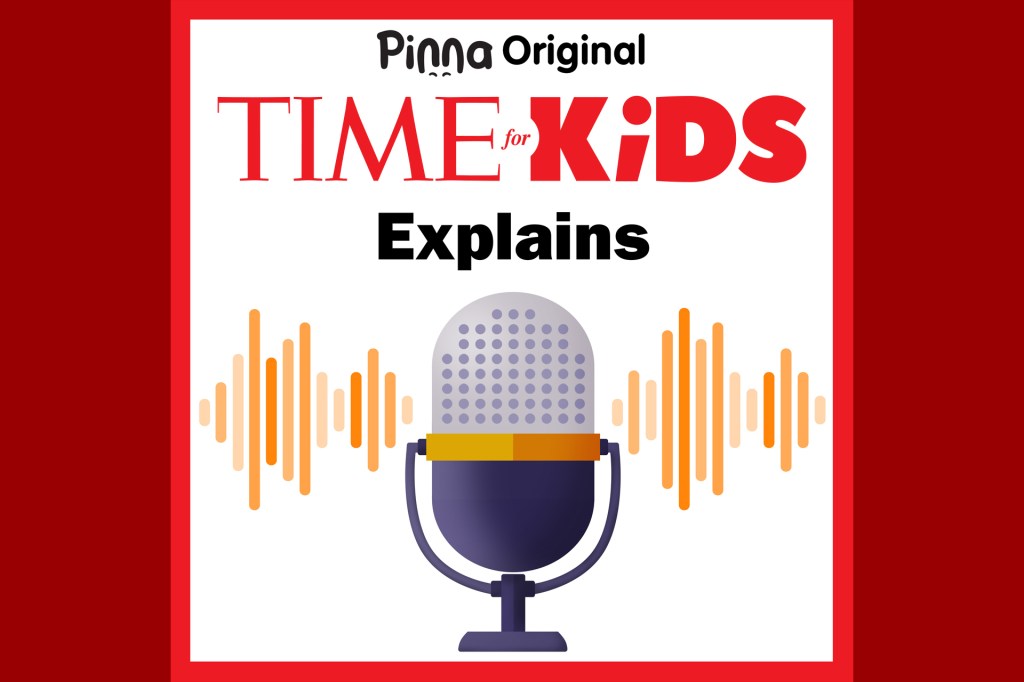Be Internet Smart

Picture this: You’re searching the Internet and come across a website with interesting articles. Some are news stories. Their goal is to share information. Others only look like news stories. They’re actually advertisements, or ads. The goal of an ad is to get you to buy something. How do you, the reader, tell the difference between a news story and an ad?
Back when I was growing up, it was easier. We got most of our information from newspapers. Big news stories appeared on the front page, and ads were boxed off and clearly labeled. But on the Internet, the two are often presented together. It can be hard to tell which is which.
That’s why the research group I direct conducted a study. (MediaWise is a collaboration, funded by Google, between the Stanford History Education Group, the Poynter Institute, and the Local Media Association to address issues of digital literacy
digital literacy
 SIDEKICK—GETTY IMAGES
a person’s ability to use digital technology to find, evaluate, and express information
(noun)
By using the Internet to do research for your homework, you are improving your digital literacy.
.) My research team showed kids like you the home page of a popular digital magazine. We asked them to tell us what was a news story and what was an ad.
SIDEKICK—GETTY IMAGES
a person’s ability to use digital technology to find, evaluate, and express information
(noun)
By using the Internet to do research for your homework, you are improving your digital literacy.
.) My research team showed kids like you the home page of a popular digital magazine. We asked them to tell us what was a news story and what was an ad.
Most were great at identifying certain types of ads. “It has a coupon code, a big company logo, and the words limited time offer,” one student wrote about an ad on the site. So where did kids get stumped?
Some ads seem identical to real news stories. They have headlines and contain information. But they may also include the words sponsored content. Sponsored means “paid for,” and content refers to the information in the story. “Sponsored content” is a way of saying that something is an ad. Most kids in our study, even if they used the Internet often, didn’t know this.
Just because something is sponsored doesn’t necessarily mean it’s false. It means someone paid money for it to appear. Companies pay so that readers will see their stories, buy their products, and like what the company stands for.
As a reader, you have a right to know who’s behind the information you’re consuming. So look for the phrase sponsored content. (And look carefully. Sometimes, it will be written in tiny letters.) The Internet is a vast sea of information. To use it well, we not only have to know how to swim but also how to avoid the sharks. Learning to tell the difference between an ad and a news story is an important step to becoming Internet-smart.
Sam Wineburg is a professor at Stanford University, in California.











